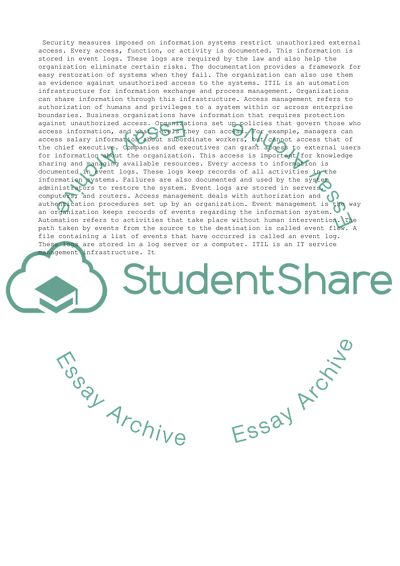Cite this document
(“Access and Event Management Essay Example | Topics and Well Written Essays - 2500 words”, n.d.)
Access and Event Management Essay Example | Topics and Well Written Essays - 2500 words. Retrieved from https://studentshare.org/management/1399312-access-and-event-management
Access and Event Management Essay Example | Topics and Well Written Essays - 2500 words. Retrieved from https://studentshare.org/management/1399312-access-and-event-management
(Access and Event Management Essay Example | Topics and Well Written Essays - 2500 Words)
Access and Event Management Essay Example | Topics and Well Written Essays - 2500 Words. https://studentshare.org/management/1399312-access-and-event-management.
Access and Event Management Essay Example | Topics and Well Written Essays - 2500 Words. https://studentshare.org/management/1399312-access-and-event-management.
“Access and Event Management Essay Example | Topics and Well Written Essays - 2500 Words”, n.d. https://studentshare.org/management/1399312-access-and-event-management.


